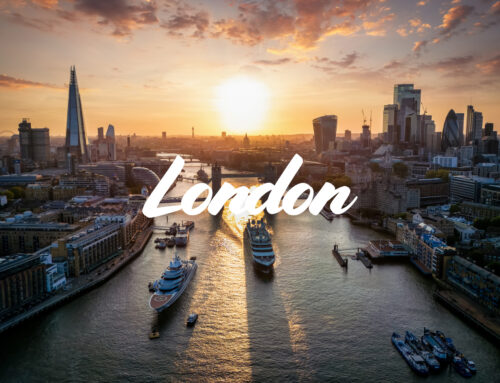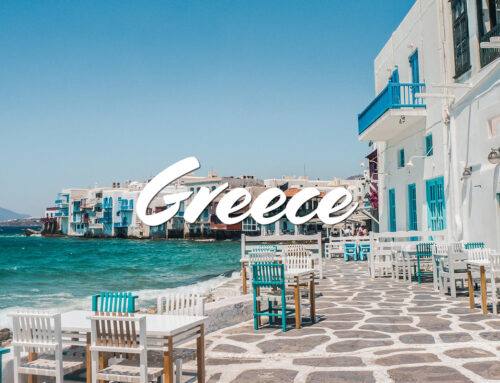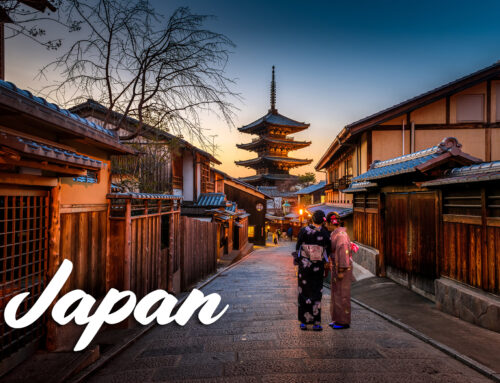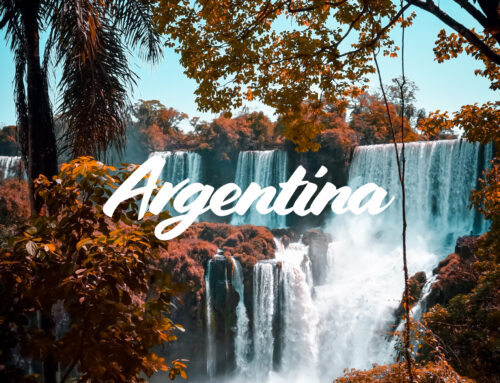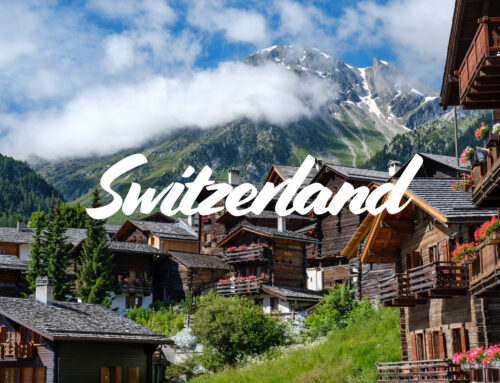There are plenty of reasons why Iceland is one of the hottest travel destinations: it’s home to some 30 active volcanoes, steaming hot springs, and bubbling geysers, to name a few of its natural attractions. The Land of Fire and Ice is also famous for specific sites, like the largest glacier in Europe by volume and crystalline ice caves that can only be explored in the winter. And that’s to say nothing of the flickering Northern lights above.
Winter, which goes from October through the beginning of March, brings with it short days and lots of precipitation. But despite its name, Iceland doesn’t get unbearably cold. Temperatures will hover around freezing, or 32 degrees Fahrenheit. The lack of daylight can be troublesome (during the solstice, in December, daylight is limited to less than four hours), especially for travelers venturing far away from Reykjavik and the capital’s well-lit streets. But the impermeable darkness also means excellent conditions for viewing the Aurora Borealis, and major savings. Airfare can drop by a third during the off-season, and discounts can be found on lodging, food, and activities, too. You’ll also find much thinner crowds at some of the country’s most popular attractions.
Summertime can offer travelers nearly 21 hours of daylight, with the sun rising as early as 2:55 a.m. near the end of June and setting just before midnight. Moderate temperatures, typically in the 50s and 60s, can be enjoyed from May until September. July and August are the peak tourist months. Extra daylight for sightseeing is an obvious draw for Iceland-bound travelers, but visiting in the wintershouldn’t be discounted. (Travel and Leisure)


